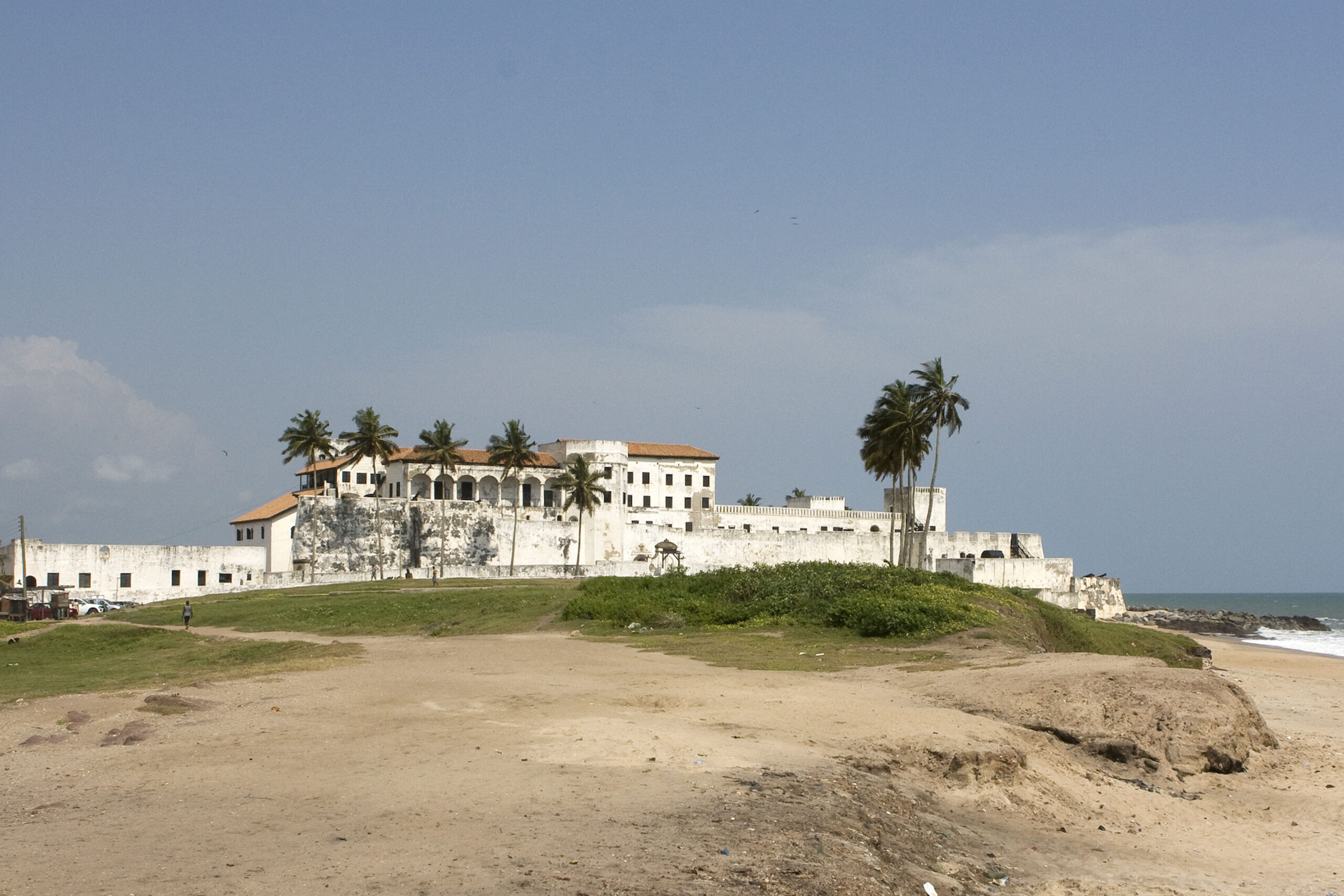In the town of Elmina in Ghana’s Central Region, there is a historic castle called Elmina Castle, which is also a UNESCO World Heritage Site. It was created by the Portuguese in the 15th century and was first employed as a trade center for items like gold.
The castle has been in multiple different hands throughout the years. The Dutch, British, and local Ghanaian authorities have all used it for different things, including as a slave trafficking center. Over 30,000 enslaved Africans are thought to have been transported to the Americas via Elmina Castle during the transatlantic slave trade.
Elmina Castle serves as both a chilling reminder of slavery’s horrific past and a well-liked tourist site today. Visitors to the castle can take guided tours that include a stop in the dungeons, where enslaved Africans were kept in crowded, filthy quarters before being transported to the New World.
A museum with exhibits relating to the transatlantic slave trade is also a part of the castle. Visitors can discover the slave trade’s connection to the castle and how it affected many people’s lives.

Elmina Castle is an amazing architectural achievement with a distinctive fusion of European and African forms, despite its somber past. It provides spectacular views of the Atlantic Ocean and is bordered by lovely beaches.
A trip to Elmina Castle is, all in all, a dramatic and unique experience that serves as a stark reminder of the horrors of the transatlantic slave trade and the tenacity of the African people who endured it.



